“The impossible I do immediately, miracles take a little longer.”
David Berglas
In the last article, I described the difference between magical experiences and trick magic, and how disconnected the current technological landscape is from its magical promises.
In this second part, I aim to decompose the design process and share what to focus on in order to build organizations that create magical experiences.
To keep it simple, here are four high-level principles that the design of magical experiences seems to have in common with the current trend of technological development in web3:
Having a clear vision of a speculative future
A human/social experience to give a glimpse of that vision
Making the method and technology invisible or irrelevant
Curating the team and documenting the process
Develop a vision of a speculative future reality
The traditional way of defining a project vision happens through strategic workshops, copywriting, branding, and a visual identity. Deep Work did a lot of branding work over the years, and in many cases, I felt like the requested work was merely a “job-to-be-done“, rather than the exploration of a vision.
Derren Brown, a famous UK mentalist, mentioned in a lecture something that has stuck with me for almost 20 years:
“What we’re doing is something serious, not solemn. We’re taking people to the edge of their understanding, and we’re showing them the abyss. We’re showing them over the edge and what’s there.”
What’s in the abyss is not just a one-off mission or vision statement. I see it more as a desirable, constantly evolving, and perhaps impossible-seeming future reality. It’s a constant inquiry and search for the reality we want to live in.
World-building workshops and speculative future writing are becoming increasingly prominent, and their impact on the participants aligns with what I know from some of the greatest magicians. Seapunk Studios is developing world-building events and workshops with a focus on Southeast Asia for example, and it’s attractive, immersive, connecting and most importantly - sparks motivation to move in that direction.

The clearer we articulate our vision, the narrower our goals become, and the more we act in line with this vision. By articulating and revisiting it regularly, we set constraints for staying on the right course as we grow, as that attracts collaborators with a similar view on reality.
Create an interactive human/social experience
Experience design, product design, UX, and user testing help us empower the user to interact with our vision on their terms.
Practicing magicians prefer the term “effect” (over “trick“) to describe a lasting experience. It is the opportunity for the audience to interact with the vision, which exceeds their perceived investment, ideally with something meaningful to them.
You can think of a “trick“ as a way of getting attention, and an “effect“ as an experience with product-market fit. I described the difference in more detail in the previous article.
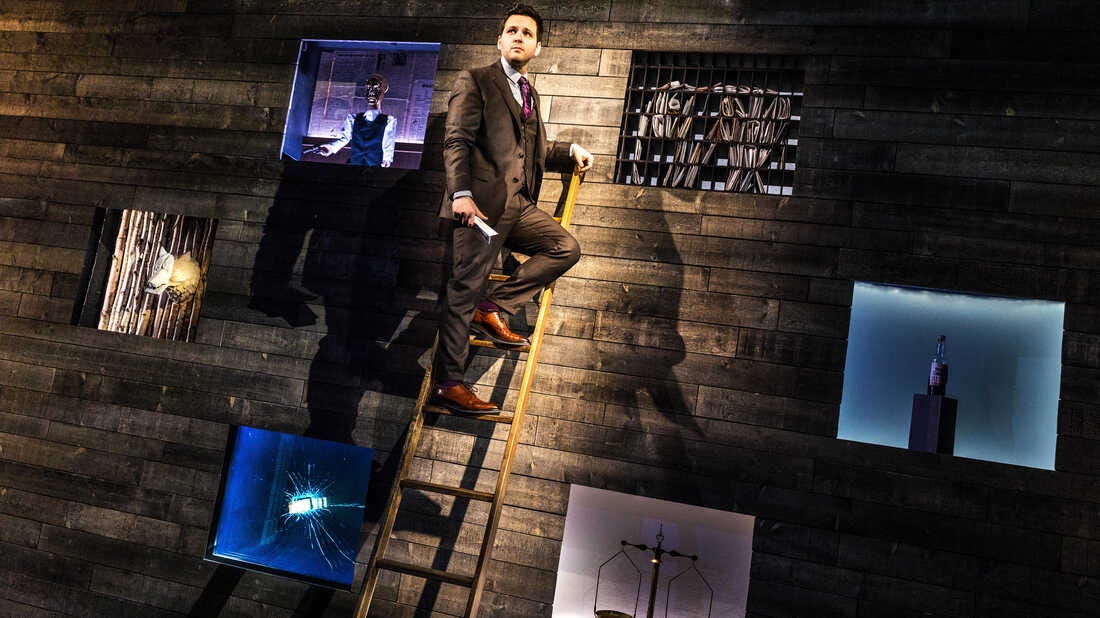
We often get excited about visual polish and the tech we use. It feels safe to play with it on the computer screen, but I think we’re often missing opportunities to recognise our true magical powers in creating a meaningful experience.
A nice animation of a checkbox or a popping sound in a to-do list is exciting. But what if we look at it as if we’re making someone think a thought and turn it into reality?
Are we giving people a percentage on their staked assets, or are we instilling a sense of safety with their money?
Are we encrypting information, or are we helping strangers build trust with each other?

When you have a strong vision and are in an exploration phase, it’s also common to end up with a lot of ideas for experiences. List them and ask yourself about every single one:
Who will benefit from this experience the most?
What’s the main experience that matters now?
What can be removed?
Can I trim it down?
What is this product really about?
If you’d like to jam on an experience or product you’re working on, join us for the monthly experience mapping session, and we can go through these questions together.
Make the method and technology invisible (or irrelevant)
A big part of the reason web3 doesn’t have “the next billion users” yet is that most people don’t trust web3 products. And they don’t trust them because either marketing efforts attract individuals with unfinished experiences by overpromising at scale, or the narrative focuses on obscure technical jargon. Not to mention straight-up dystopian ads.
And unfinished experiences are okay; it’s part of the creative process to identify and eliminate the inconsistencies that lead the user on the wrong path. With an effective user testing process (interviews or small-scale surveys), teams can eliminate any questions and doubts that might point to their method and technology.
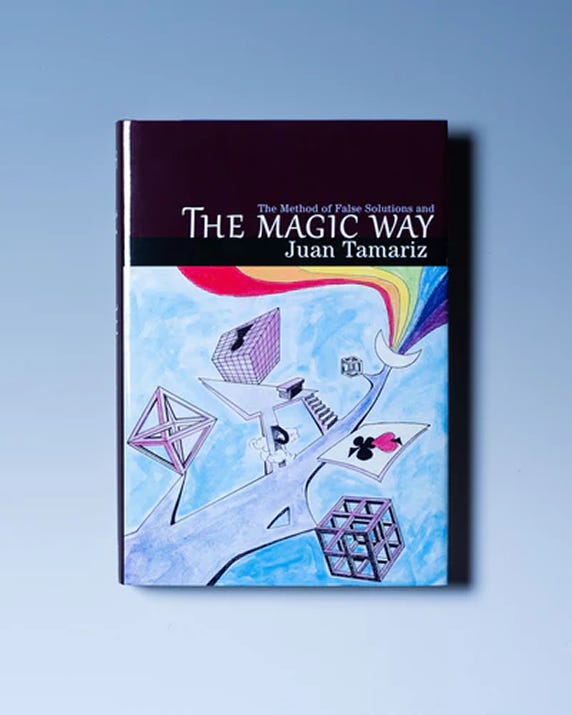
If users have questions or doubts, then the product is not finished, and the experience needs to be refined.
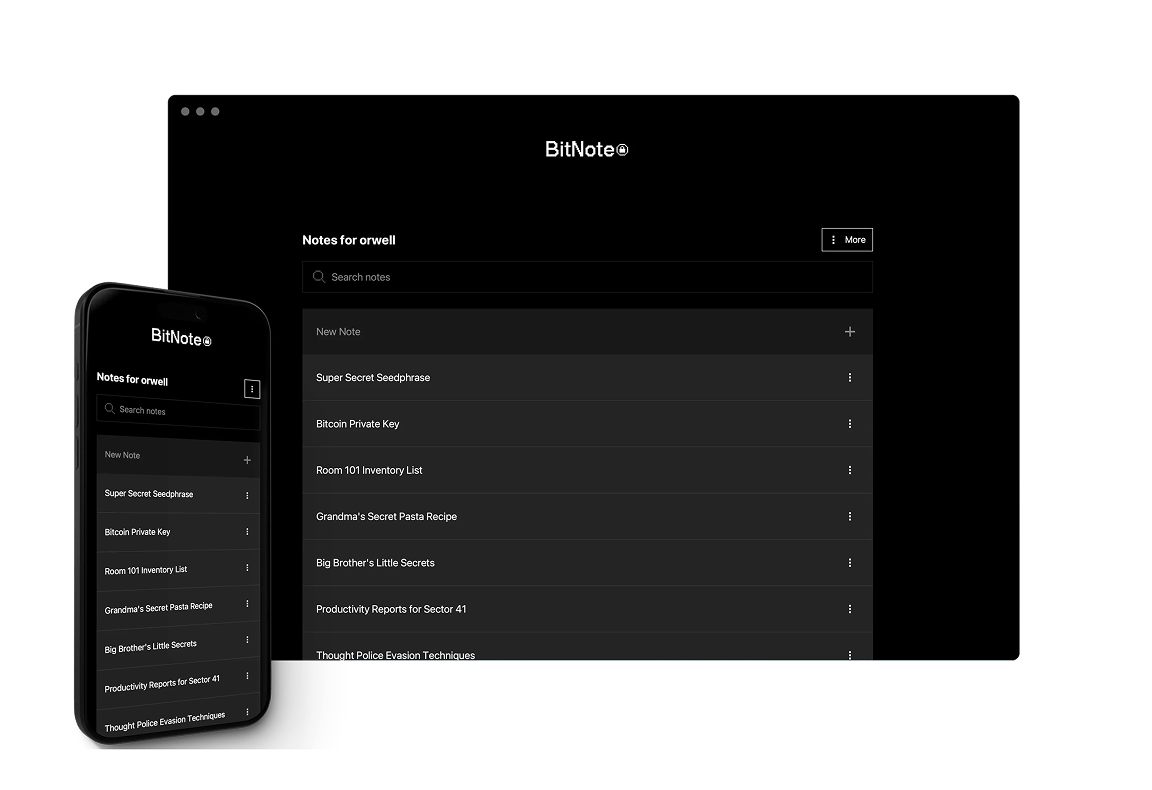
Just make sure you don’t settle on “internal testing“ or interview your community. I would consider them more like collaborators. Those who like your vision and already know how your project works can support you, but they are not your paying audience. They want to know your secrets and enjoy a special place to connect with you, and explore your well-written documentation.
Curate the team and document the process
It might seem like it takes longer to build an organisation that prioritises values and personal freedom over extracting profits.
But my experience is that by letting go of controlling the execution process and curating the group of people I work with instead of “hiring“ based on a specific job description (or how I wanted things) has created much more “magical” outcomes and relationships that have lasted for years.
David Blaine is famous for taking his time with consistent practice and focus to keep pushing his boundaries. He works, organises, and cares for some of the best magicians in the world. And it shows in his work.
The organizational design of Valve remains an inspiration for me, as described in their handbook for new employees. If the collaborative environment allows everyone to feel free, stay healthy, and feel magical, the products they create will make the users feel free, healthy, and magical too.
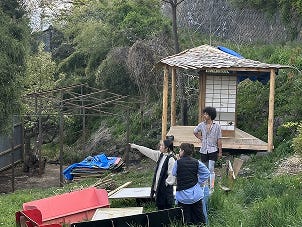
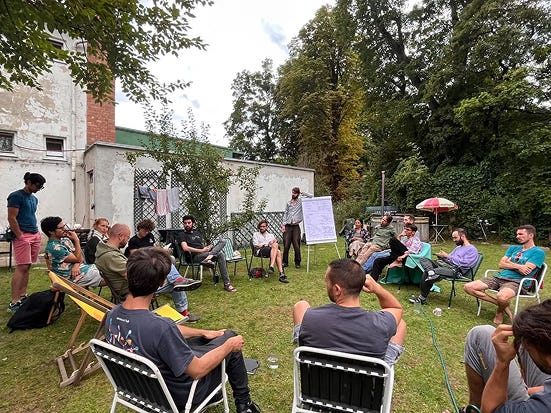
Public documentation of the processes of collaborators means that if anyone leaves, their work can be taken over by someone else. Workflows and compensation can be improved without conflict, and opportunities for collaboration made accessible without compromising quality at scale.
We are social creatures, and in an increasingly disconnected world, collaboration can make work feel like a magical experience in itself - while building things that are bigger than ourselves.
In the next articles, I will focus much more on case studies, organizational processes and social protocols I’m experimenting with.
And if you’d like to get new perspectives on your project, design a more magical experience, or see how to find product-market fit, join me and a few others in our monthly experience mapping session!
See you next time!
Reference material
Anson Chen - Reality is Magic
Juan Tamariz - The Magic Way
Darwin Ortiz - Strong Magic







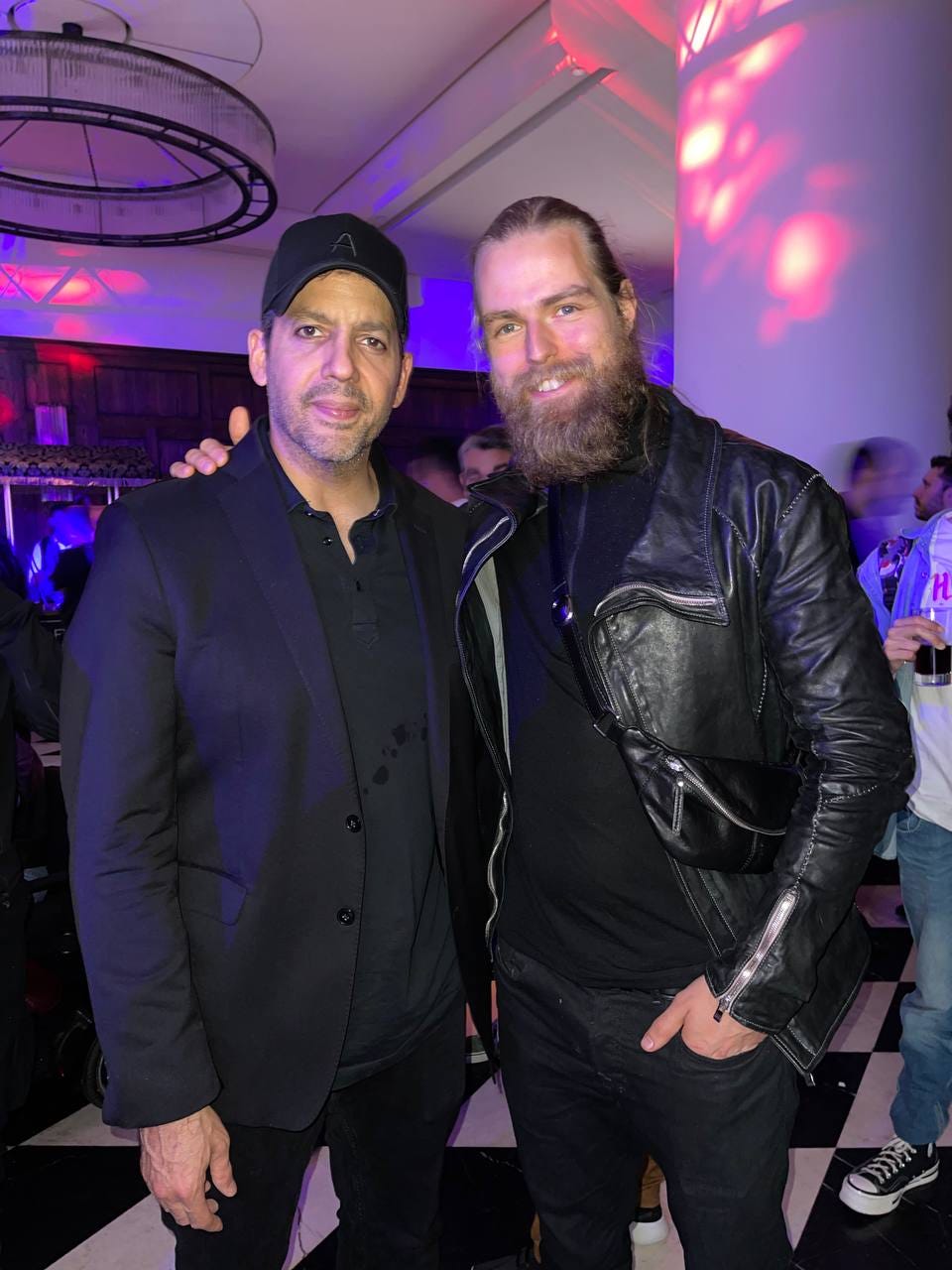

Love how you're sharing your process with us! Thank you
Great post!